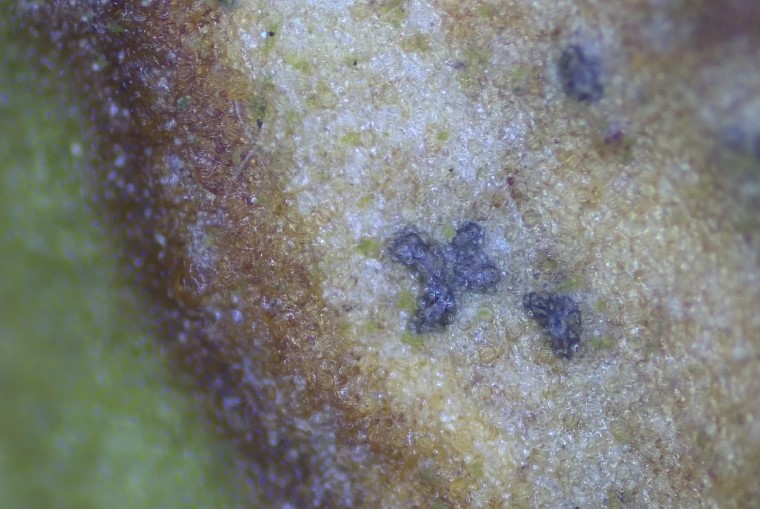
Septoria krystynae is a newly discovered species of microscopic fungus that may save Polish and European forests from the increasingly spreading common mistletoe. Research on it is being conducted by scientists from the Faculty of Biology and Environmental Protection at the University of Lodz (UŁ) and the Institute of Forest Sciences at the Białystok University of Technology (PB).
As explained by Dr Małgorzata Ruszkiewicz-Michalska from the Department of Algology and Mycology at the University of Lodz (UŁ), common mistletoe, which most of us associate with Christmas, is in fact a semi-parasitic plant that has been spreading rapidly in Europe in recent years and is increasingly threatening silviculture.
In spring 2022, scientists from the UŁ and PB started a research project entitled ‘Fungi limiting the growth of common mistletoe’.
On the occasion of this research, the scientists managed to discover and describe a new species of the microscopic fungus Septoria cristinae. This fungus, found by Marek Wolkowycki from PB in the Białowieża Forest, is a parasite of the common mistletoe and causes a disease called septoria in the mistletoe.









